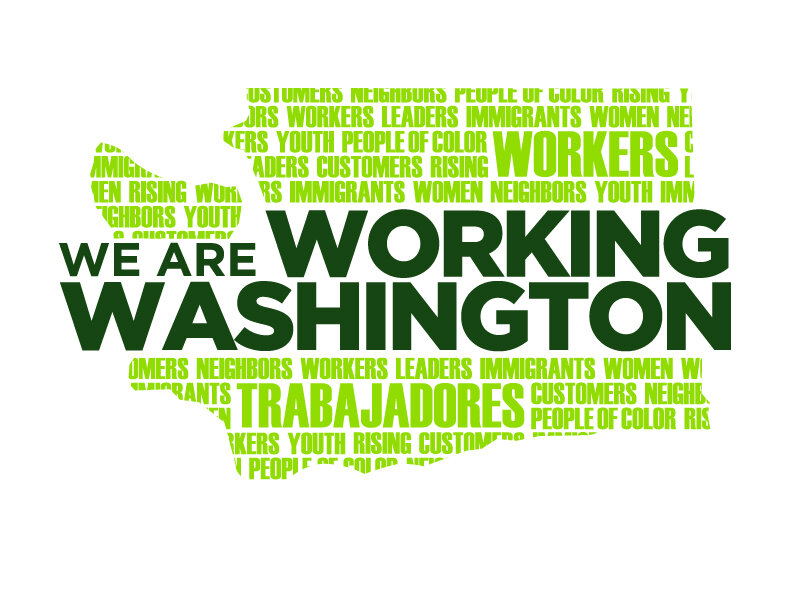New survey of unemployed workers shows long waits, severe impacts, and public health concerns
On May 11th, the Washington State Employment Security Department publicly rolled out "Operation 100%," their plan to resolve the large and growing number of unemployment claims that were unresolved and awaiting adjudication — and therefore where claimants were not getting paid. Some of these 57,000 claims they targeted were being held up over what even the department described as minor issues. Despite its name, the goal of Operation 100% was not to resolve 100% of outstanding claims, but rather to significantly reduce the adjudication queue by mid-June. Some of the claims awaiting action in Operation 100% dated back to early March.
The department was then hit with a wave of fraud, and their mishandling of this issue caused additional problems and delays for thousands legitimate claimants. With issues growing worse, ESD failed to meet the goals of Operation 100%, and in mid-June set a new goal of addressing a larger backlog of more than 80,000 claims by the end of July.
Throughout this time period and despite these various publicly-announced initiatives, we have continued to hear from large numbers of workers about how ESD has mishandled their claims, failed to pay benefits, and been slow to resolve issues. These experiences simply have not squared with the public statements of the department.
To dig deeper into what is actually happening with claims, between June 24 and July 1, we followed up with the unemployed workers we’d connected with since the crisis began to learn how their cases had progressed. More than 700 of these workers participated in our survey about their experiences with the system, focusing on experiences with delays related to fraud-prevention measures, adjudication issues, and other issues with navigating the application process. The results of this survey provide a meaningful snapshot of the ongoing & more recent issues faced by workers who have been attempting to access unemployment benefits since early March.
Many claimants have experienced long waits without benefits, and some have not received any benefits at all:
Only 35% of respondents received benefits within five weeks of their initial claim
48% have still not received any benefits at all, some despite filing more than 15 weeks ago
17% of respondents received benefits, but waited 5 weeks or more between their initial claim & their first payment
6% received benefits, but waited 10 weeks or more
Benefits are often halted, and difficult to restart
66% of respondents had their benefits halted at some point after they began receiving them
48% received ID verification notices from the department, including 55% of Black workers
24% of those people who had their benefits halted had already gone through an initial wait of 5 weeks or more before receiving benefits
32% of those whose benefits had been halted were still not receiving benefits at the time they completed the survey.
Communication is poor issues are very difficult to resolve
34% of respondents received threatening notices warning that they may have been overpayed, including 43% of Black workers
28% of respondents reported attempting to contact ESD more than 500 times to resolve an issue
Almost one in five of those people (17%) with more than 500 contact attempts report never being able to successfully reach anybody.
The economic impacts of the delays have been severe:
48% of respondents have had less than $100 in their bank account at some point since March
42% have been unable to afford groceries or other basic household items
27% have delayed accessing medical care they need
30% have needed to rely on food stamps, housing assistance, or other public or charitable support
8% had to move because they couldn’t afford where they were living
The public health impacts are troubling
63% were in a high-risk category for COVID, had an immediate family member who was high-risk, or both
32% of those people who identified as high-risk or had a high-risk family member are currently working.
11% report that they had to return to work despite health and safety concerns because of delays in getting the benefits they needed
The full survey tool is available here for reference.
